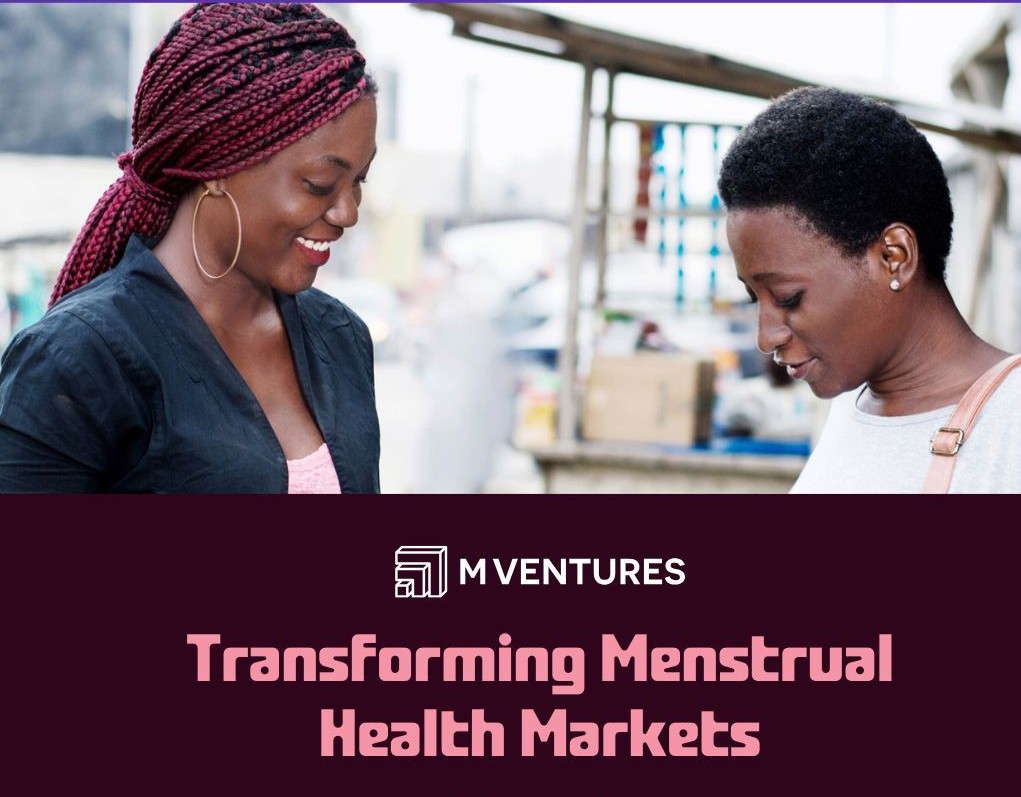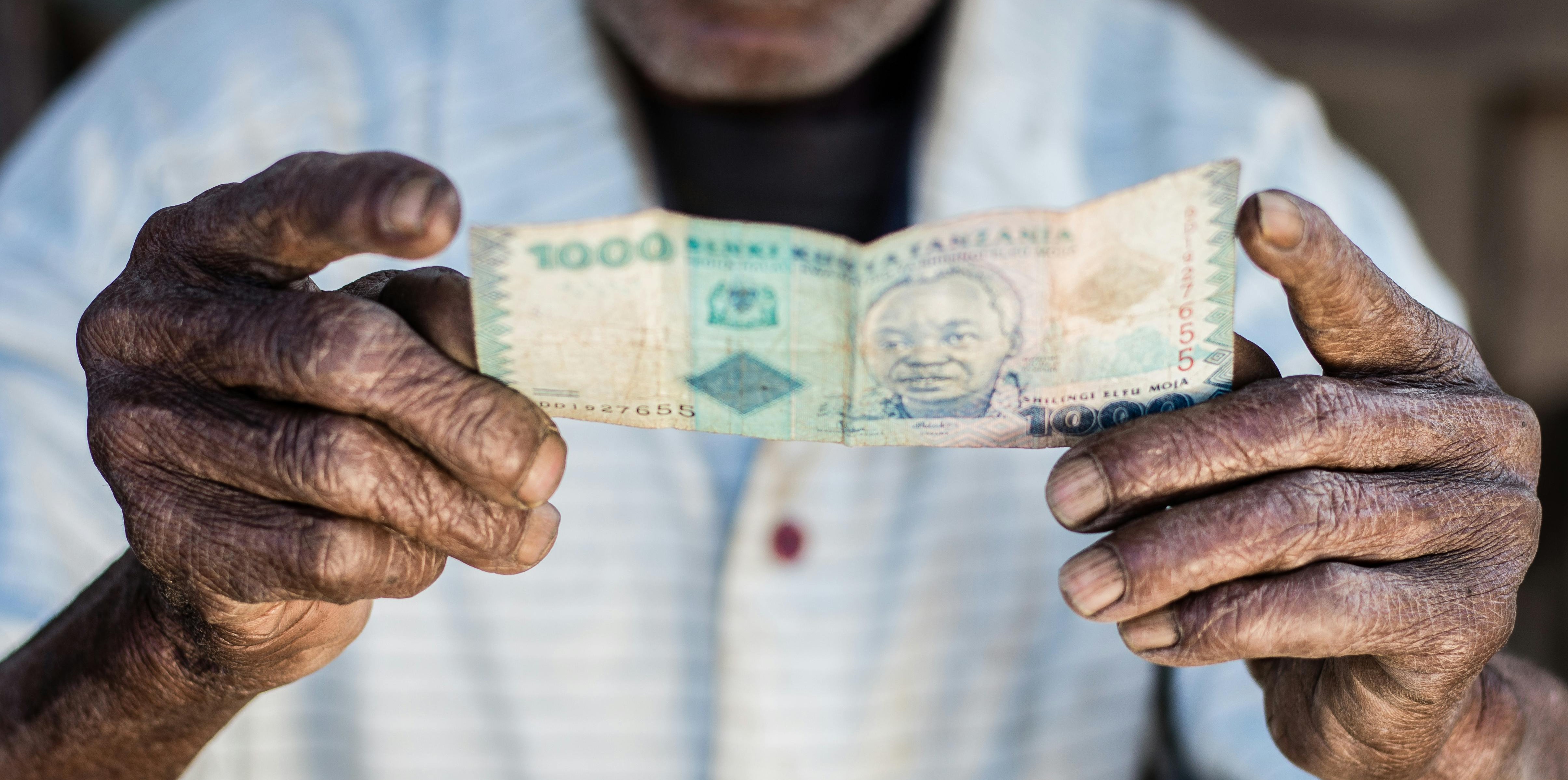
Catalyzing Sanitation Investment in Uganda: The Economic Imperative

A cost-of-inaction study commissioned by the Government of Uganda as part of its engagement with the Sanitation and Hygiene Fund (SHF) offers compelling new evidence: failing to invest in sanitation, hygiene, and menstrual health carries massive economic costs and lost opportunities. The data makes one thing clear—improving access to sanitation is not only a moral and health imperative but also a smart economic decision.
It is widely recognized that sanitation underpins sustainable development. From its impact on health and education — especially for girls — to its influence on sectors like tourism and labor productivity, the benefits of improved sanitation are far-reaching. However, the total economic cost of continued underinvestment in this vital sector has remained less explored. Uganda has now taken a bold step to close that knowledge gap.
Uganda, a Champion of Sanitation
Uganda has long demonstrated leadership in prioritizing sanitation. National development frameworks such as Vision 2040 and the Third National Development Plan (NDP III), as well as the government’s current NRM manifesto, all place sanitation at the heart of sustainable progress. In 2024, Uganda went a step further — becoming one of the few countries globally to embed sanitation in its climate-health agenda through its Health National Adaptation Plan (HNAP) and unlocking an additional USD 1.5 million in public financing for the sector.
In line with these efforts to grow its sanitation economy, Uganda partnered with SHF on a groundbreaking cost of inaction study, conducted by the Economic Policy Research Centre (EPRC), to assess the financial toll that poor access to water, sanitation, and hygiene (WASH) is taking on the national economy.
Uncovering the Hidden Economic Toll
The study examined WASH financing trends, sector challenges, and estimated the GDP loss from inaction, using a methodology developed by Hutton et al. (2008) to capture both direct and indirect costs—ranging from healthcare expenses to lost productivity and premature deaths.
The findings were sobering: UGX 5,853 billion (approx. USD 1.55 billion) is lost annually due to inadequate WASH—equivalent to 2.9% of Uganda’s GDP in 2023/24. This includes high healthcare costs due to WASH-related diseases such as diarrhea and acute respiratory infections; productivity losses due to time and energy spent on collecting water or recovering from illness and time lost due to open defecation, disproportionately affecting women and girls and the economic burden of premature deaths. In Uganda, approximately 113,980 deaths per year are associated with poor WASH, with children under 5 years accounting for most of these.
“Uganda is increasingly becoming a hot spot for emerging and re-emerging disease outbreaks with the most recent being Ebola, Mpox, Cholera, Neglected Tropical Diseases among others. Limited investment in sanitation and hygiene exacerbates the burden of these outbreaks and results in catastrophic expenditure on health. This would have otherwise been avoided if the right choice of investment in prevention and control was fully embraced. The cost of inaction results supported by SHF are therefore helping to accelerate engagement, appreciation and rational planning and prioritization by government and partners to urgently change the narrative and improve the current bad sanitation and hygiene indicators. We want to see public financing that's based on the social and environmental determinants of health such as sanitation and hygiene so that the increased returns on investment can be used to spur social economic development and improved livelihoods,” says Dr. Herbert Nabaasa, Commissioner of Environmental Health, Uganda.
Beyond the numbers, the study underscores how poor sanitation disproportionately affects low-income households and entrenches gender inequality, with women and girls bearing the greatest burden of water collection and unsafe sanitation.
A Financing Gap That Undermines Progress
The study also highlights systemic financing challenges. According to the research, budget allocations to the WASH sector have fluctuated sharply, often falling short of approved figures. In the financial year 2023-24, although UGX 1,342 billion was approved, only UGX 1,045 billion was reportedly allocated. Additionally, only 2.7% of the budget is estimated to be directed toward critical operations and maintenance, leaving many WASH systems in disrepair.
Moreover, over 70% of sector funding is externally sourced, raising concerns about long-term sustainability. These gaps threaten to undermine progress and strain service delivery even as demand continues to grow.
The Way Forward
The Government of Uganda has moved swiftly to address these challenges. In early 2025, it announced plans to ringfence sanitation budgets at the district level—a critical step in ensuring predictable, local-level funding. Alongside SHF and partners such as Water for People-Uganda, IRC-WASH, and UWASNET, Uganda is also working to unlock the sanitation economy—supporting small enterprises, expanding market access, and ensuring last-mile service delivery.
“Whether it is sanitation, hygiene, or menstrual health, these are all social and economic issues, and the turnaround potential for them is tremendous. The potential of the sanitation economy can be worth billions of dollars, so we need to ensure both the public and the private sectors are on board and are prioritizing differently. We have to make the business case and present it as such, and then we can hopefully see a sea change in mindsets and financing,” highlights Dr.Nabaasa. “We are excited to be working together with SHF on integrating sanitation into the climate and health plans, the cost of inaction study and working with implementing partners on last mile delivery and ensuring sanitation and hygiene are set up as first lines of protection against emerging and re-emerging outbreaks of cholera, Ebola, etc. We believe our work together on sanitation policy development is going to be one of a kind and will also demonstrate what is possible when you don’t simply use money as charity but plan and invest it to affect real change.”
In 2024, with SHF support, over 53,000 people gained access to improved sanitation in Uganda. The initiative also supported 50 SMEs with training and financing—accelerating the growth of a vibrant and resilient sanitation economy.
Uganda’s experience shows that when sanitation is treated as a strategic investment, the ripple effects are transformational. The cost of inaction is undeniable—and so is the opportunity.



